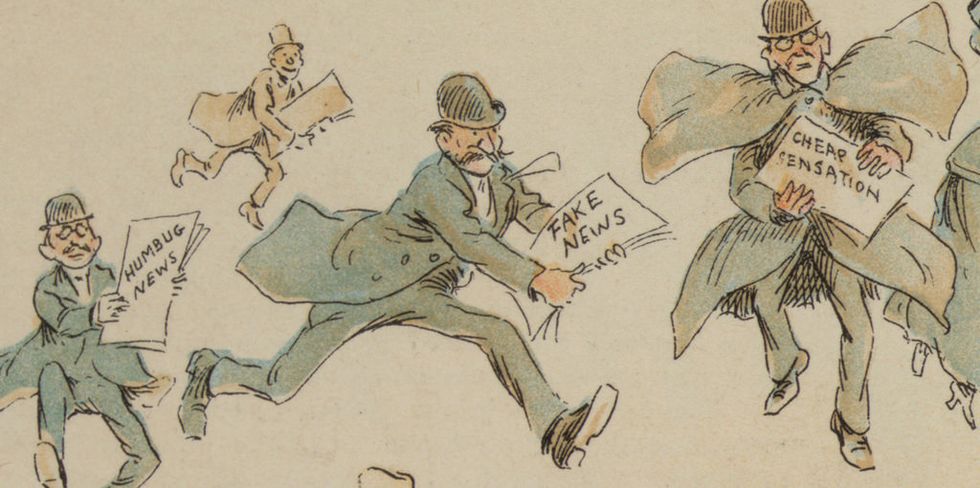Last week, Luke O’Brien, a writer for the Huffington Post, penned an article which revealed the person behind the Twitter handle @AmyMek (real name: Amy Jane Mekelberg), an account dedicated to peddling racist garbage predominantly aimed at Muslims. O’Brien’s story itself quickly gets muddled in minutia (albeit interesting minutia), revealing various details about Mekelberg’s life. As one can imagine, the article was met with scorn from Mekelberg’s many fans, but things took a distinctly violent turn over the past few days, with O’Brien receiving death threats online. Over the course of Donald Trump’s presidency, rhetoric against the mainstream press has become increasingly malignant.
Political criticisms are touted as un-American and there’s a rapidly growing sentiment that our freedom of the press is under siege. But, while direct threats against journalists are frightening, there’s an argument to be made that we’re entering a new golden era of American journalism.
Here is an example of what I received after Mekelburg orchestrated a harassment mob against me. pic.twitter.com/qIThLoU9Cl— Luke O’Brien (@lukeobrien) June 5, 2018
A Brief History Lesson:
The rise of newspapers in this country runs directly parallel to the adoption of our two party system in the late 18th century. Following the end of George Washington’s second term, political groups rapidly began sponsoring papers to curry favor with the general public and to support their candidates. In this way, the press is directly responsible for stoking the fires of American partisanism. Still, these early papers were little more than pamphlets, and there were no pretenses surrounding unbiased reporting. These political newspapers were essentially used as a means of smearing the competition. The press as we know it began with the invention of the Linotype Machine, a device that rapidly industrialized the newspaper business by allowing papers to be printed at astonishing (for the time) speeds. It’s important to remember though,while freedom of the press was baked into the fabric of the constitution, there were no rules prohibiting newspapers from distorting the truth, or in some case, outright lying in their publications.
 Yellow Journalism
Yellow Journalism
In the late 19th century, the yellow journalism of William Randolph Hearst and Joseph Pulitzer pushed us into the Spanish American War. Throughout the early 20th century, the news slowly became more and more fact-based, eventually reaching what many consider to be the “Golden Age of Journalism,” that brief period during the Vietnam War when the press core took on the U.S. government and won. Unfortunately, this period was little more than a blink, an exception to the rule of American media. In the decades following journalism’s golden age, the 24-hour cable news circuit coupled with the Internet, rendered print newspapers obsolete.





